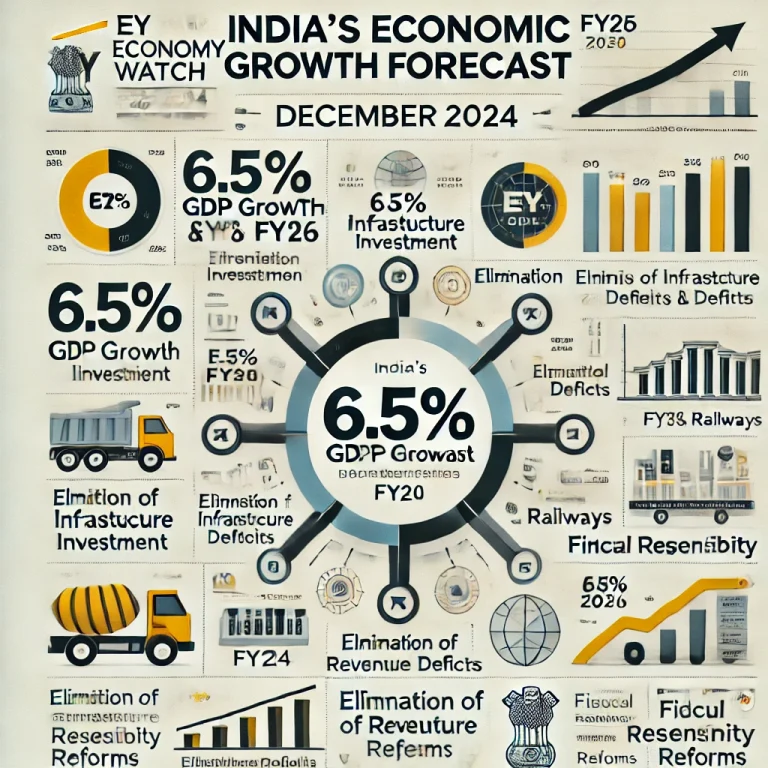Trump’s Tariff War: What’s at Stake for India’s Steel and Aluminium Industry?
U.S. President Donald Trump’s recent announcement of a 25% tariff on steel and 10% on aluminium imports has sent shockwaves through global markets. While India’s direct exports to the U.S. are limited, the ripple effects could disrupt the Indian metal industry in unexpected ways. Here’s a look at what’s at stake for India—explained in six key charts.
1. India’s Direct Exports to the U.S.: Minimal but Not Insignificant
India exports only about 95,000 tonnes of steel to the U.S., a small fraction of its 145 million tonnes of production. Given these modest numbers, the immediate direct impact may not be severe.
📉 However, with major exporters like Canada, Brazil, and Japan now facing U.S. restrictions, they might flood alternative markets—where Indian steel companies compete.
2. Global Competition: Indian Steel Faces a Squeeze
With key suppliers shut out of the U.S. market, countries like South Korea, Mexico, and China will look for new buyers. This means intensified price wars in Asia, the Middle East, and Europe—India’s prime export destinations.
⚠️ The danger? Lower prices and reduced profit margins for Indian steelmakers.
3. China’s Threat: Cheap Steel Dumping in India?
As China loses U.S. buyers, it may aggressively push excess steel into India, leading to:
✔ Surging imports – India’s steel imports already jumped 50% in 2024, with China leading the surge.
✔ Falling prices – Domestic producers could struggle as they battle cheap foreign competition.
India must watch out for unfair trade practices like dumping, which could hurt local manufacturers and employment.
4. Global Steel Oversupply: A Brewing Storm for India
🌎 U.S. tariffs could worsen the existing problem of global steel oversupply.
With the U.S. no longer an option, steel surplus from countries like Japan, Russia, and Europe will need a home. The risk?
➡ Excess supply flooding markets where Indian companies sell.
➡ Lower international prices squeezing Indian exports.
5. India’s Domestic Market: A Silver Lining?
Despite global challenges, India’s booming domestic demand offers some relief:
✅ Government infrastructure projects are driving steel consumption.
✅ India’s construction sector is growing fast, absorbing local production.
If Indian policymakers implement strong safeguards against dumping, domestic demand could act as a cushion against global price shocks.
6. The Road Ahead: Can India Protect Its Interests?
To stay competitive in Trump’s trade war, India must:
🔹 Diversify its export markets to reduce dependence on a few regions.
🔹 Strengthen anti-dumping measures against unfair trade practices.
🔹 Enhance cost efficiency and technology in steel production to remain globally competitive.
Final Verdict: Should India Be Worried?
While India’s direct exposure to Trump’s tariffs is limited, the indirect impact could be significant. Increased global competition, price pressures, and China’s aggressive exports could shake up the Indian steel industry.
The question is: Can India turn this challenge into an opportunity? The next few months will be crucial in determining whether India gains an edge or faces a setback in the global steel trade.

